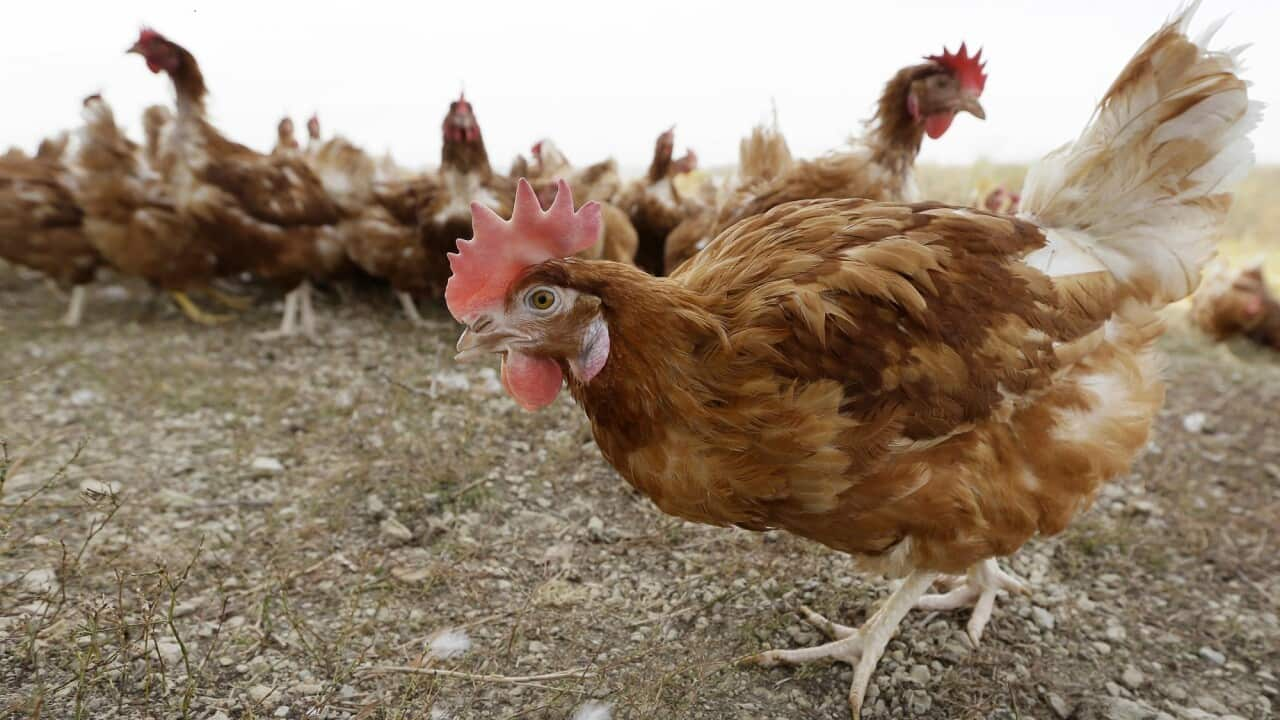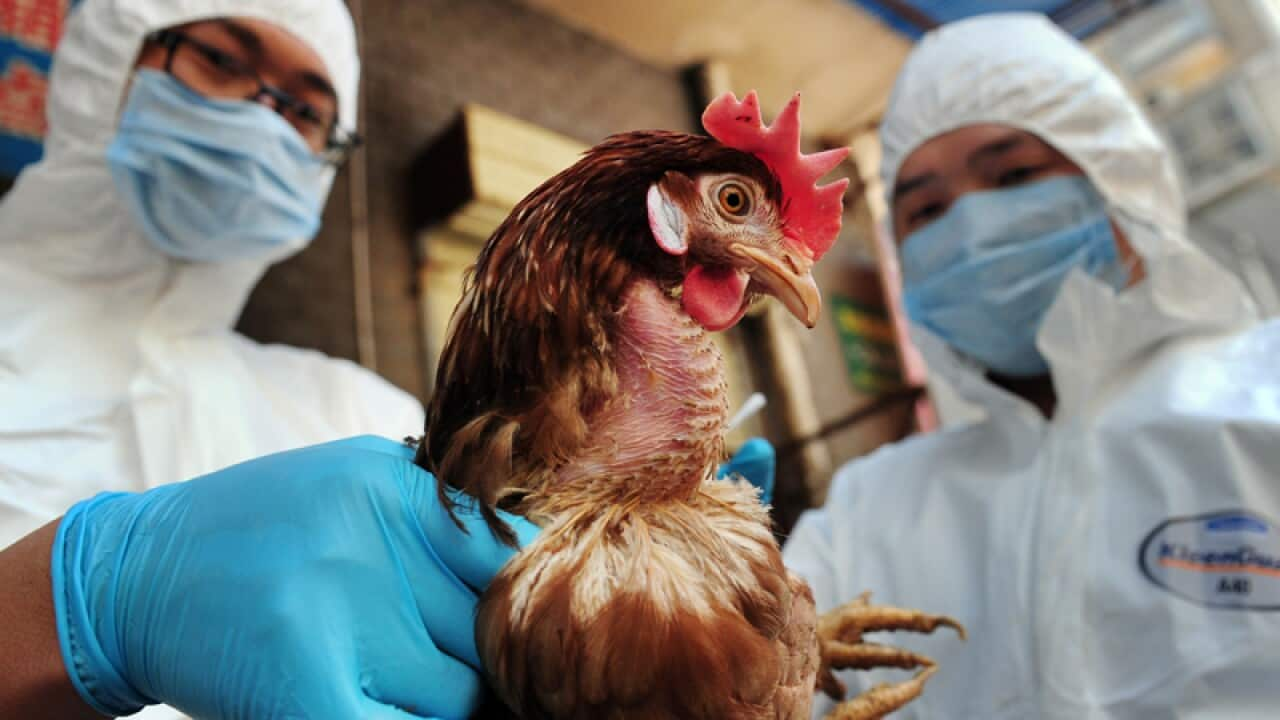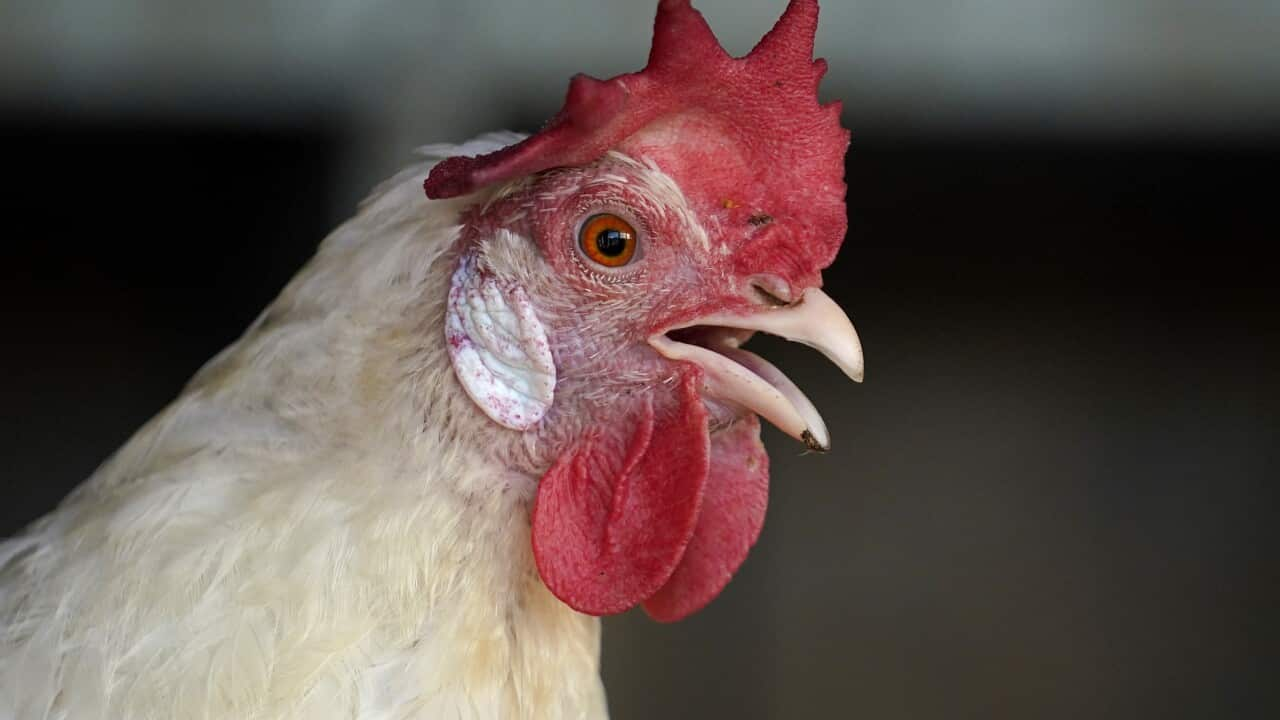An elderly man this week become the first person in the United States to die of avian influenza, a highly contagious virus that can cause severe symptoms and sudden death in domestic birds and a variety of other animals, from sea lions to dairy cows.
The patient, who was over 65 and had underlying medical conditions, was hospitalised with the H5N1 strain of the virus in December after exposure to a combination of backyard chickens and wild birds, health officials from the state of Louisiana said on Tuesday.
Dozens of US farm workers have contracted the virus this year, leading authorities in states such as California to declare it an emergency.
But the World Health Organization (WHO) has said the risk to the public from H5N1 bird flu remains low.
H5N1 has spread to every continent except Australia, but experts say .
Professor Bob Doneley, a professor in veterinary science at the University of Queensland said an outbreak of the viral disease in Australia is inevitable but we're well prepared to reduce its impact.
"While Australia will undoubtedly experience an outbreak of H5N1 in the future, the skills to contain it are here now," he said.
READ MORE

Should we be worried about bird flu?
How could H5N1 get to Australia?
Avian influenza A (H5N1) first emerged in 1996 but since 2020, the number of outbreaks in birds has grown exponentially, alongside an increase in the number of infected mammals.
Honorary professor Robyn Alders, from the Australian National University’s Development Policy Centre, explained to SBS News how H5N1 could make its way into Australia.
"Australia remains the only continent where this new strain has not been detected and the concern is that it could be introduced via migrating wild birds or potentially via contaminated people or illegal movement of contaminated animals, animal products or equipment,” she said.
Dr Vinod Balasubramaniam, a virologist at the Jeffrey Cheah School of Medicine and Health Sciences at Monash University in Malaysia, explained that avian influenza spreads mainly among birds and in the following ways:
- Direct contact with infected birds, their secretions, or faeces.
- Contaminated environments such as water, soil, and surfaces.
- Wild migratory birds carrying the virus over long distances.
LISTEN TO

Highly contagious, deadly strain of bird flu could catch Australia 'unprepared'
SBS News
05:08
While rare, transmission from birds to humans can also occur through:
- Direct contact with infected birds or contaminated environments.
- Consumption of under-cooked poultry products.
- Aerosols generated from an infected bird's droppings or secretions, though this is less common.
All bird species, including poultry birds, are vulnerable to the deadly H5N1 strain, which has also been found in over 50 mammal species as well as people.
While Australia has experienced outbreaks of other strains of bird flu, H5N1 has never been transmitted on Australian shores.
How many humans have been infected by H5N1?
Between January 2003 and November 2024 there were 939 reported cases of H5N1 infections in humans across 24 countries, according to the WHO.
But case numbers are likely to be higher because mild cases of H5N1 can go undetected and unreported, Alders said.
"It is important to note that, as surveillance and diagnostic facilities are insufficient in many countries, the true numbers are likely to be higher.”
Of the 939 cases reported to WHO, 464 were fatal, but epidemiologist and WHO spokesperson Dr Margaret Harris said the case mortality rate was "very, very low".
"The only group in which you would see mortality are the really, really vulnerable," Harris said.
Harris also said H5N1 wasn't circulating in humans, but "jumping" to people exposed to poultry or dairy cattle.
The US' avian influenza outbreak
When confirming the death of the man in Louisiana, the US Centres for Disease Control and Prevention (CDC) said it was "not unexpected because of the known potential for infection with these viruses to cause severe illness and death".
The CDC has confirmed 61 human cases of H5N1 nationally since April, mostly in workers on dairy farms where the virus infected cattle, although some workers culling infected poultry also have tested positive.
However, no person-to-person transmission of H5N1 has been detected in the US, the CDC has said.
The ongoing bird flu outbreak, which began in poultry in 2022, has killed nearly 130 million wild and domestic poultry and has sickened 917 dairy herds, according to the CDC and the US Department of Agriculture.
Alders said H5N1 was of particular concern because it can infect "a wider range of hosts" than other strains.
"Its spread is also being facilitated by domestic and wild animals consuming infected carcasses," she said.
"Concern has been raised in the US regarding the potential for domestic cats to become infected after hunting or consuming infected wild animals or commercial raw meat products."
However, infected poultry and cattle still pose the main threat, senior research fellow at the University of Melbourne Dr Michelle Wille told SBS News.
"In the US the key problem right now is very, very high levels of the virus in dairy cattle and in poultry. And so, there are lots of opportunities for the virus to jump from those animals into humans," she said.
However, the risk to the general public remains low, she said.
"For the average person, our risk is quite low, but if you have chickens and they're sick, it's important to get those animals tested and know your risks.”
What is Australia doing about bird flu?
The Australian government have invested more than $100 million into preparation for an outbreak of H5N1.
"If Australia experiences an outbreak of H5 bird flu, there will be a rapid and coordinated national response led by the Department of Agriculture, Fisheries and Forestry (DAFF)," according to the department's website.
The money is going towards boosting biosecurity measures, "preparedness planning", and the manufacture and storage of influenza vaccines.
With additional reporting from the Reuters news agency.



